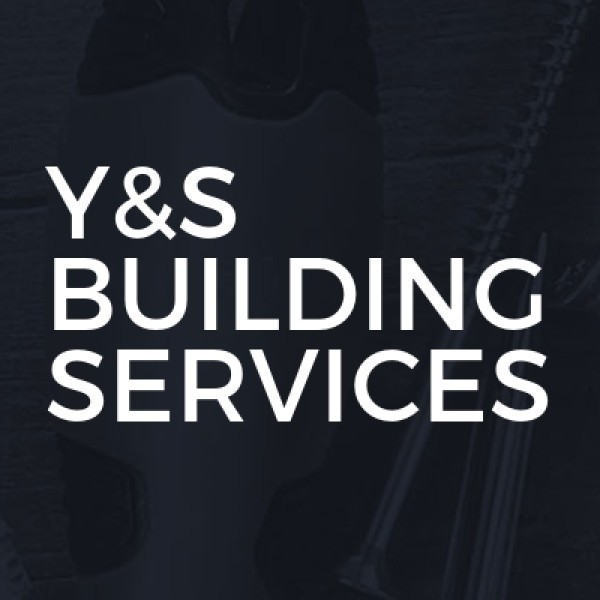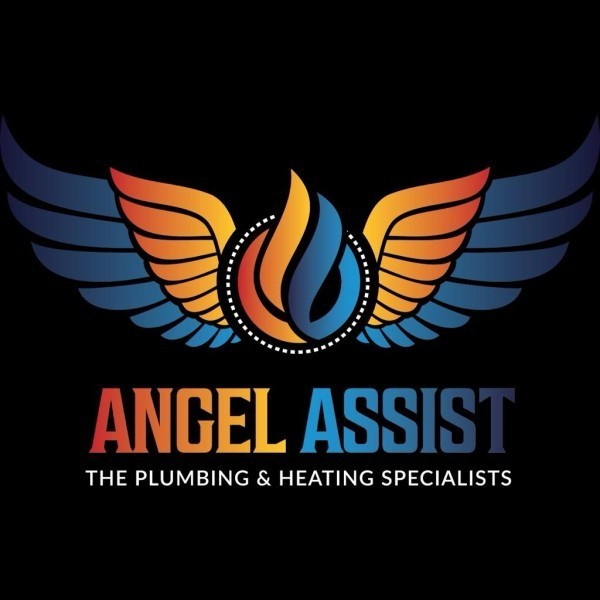Bathroom Fitters in Kingston upon Thames, London
Filter your search
Post your job FREE and let trades come to you
Save time by filling out our simple job post form today and your job will be sent to trades in your area so you can sit back, relax and wait for available trades to contact you.
Post your job FREESearch Bathroom Fitters in Kingston upon Thames, London by town
Understanding Bathroom Installation in Kingston upon Thames
Bathroom installation in Kingston upon Thames is a task that requires careful planning and execution. Whether you're renovating an existing space or building a new one, the process involves several steps, from design to completion. This article will guide you through the entire process, ensuring your bathroom installation is a success.
Planning Your Bathroom Installation
Before diving into the actual installation, it's crucial to plan thoroughly. Begin by assessing your needs and desires for the new bathroom. Consider the size of the space, the number of users, and any specific features you want to include, such as a bathtub, shower, or double sink.
- Budgeting: Determine your budget early on to avoid overspending. Consider costs for materials, labour, and any unexpected expenses.
- Design Inspiration: Look for design inspiration online or in magazines. Create a mood board to visualise your ideal bathroom.
- Professional Help: Decide if you'll need professional help. Hiring a contractor can ensure the job is done correctly and efficiently.
Choosing the Right Materials
Materials play a significant role in the overall look and functionality of your bathroom. From tiles to fixtures, each element should be chosen with care.
- Tiles: Choose durable and water-resistant tiles for the floors and walls. Porcelain and ceramic are popular choices.
- Fixtures: Select high-quality fixtures that match your design theme. Consider energy-efficient options to save on utility bills.
- Cabinetry: Opt for moisture-resistant materials for cabinets and storage units to prevent damage over time.
Hiring a Professional Installer
While some may opt for a DIY approach, hiring a professional installer can save time and ensure a high-quality finish. Here's what to consider when choosing an installer in Kingston upon Thames:
- Experience: Look for installers with a proven track record and positive reviews.
- Licensing and Insurance: Ensure the installer is licensed and insured to protect against any potential mishaps.
- Quotes and Contracts: Obtain multiple quotes and ensure all agreements are documented in a contract.
Understanding Local Regulations
Before starting your bathroom installation, it's essential to understand the local regulations in Kingston upon Thames. This includes obtaining necessary permits and adhering to building codes.
- Permits: Check with the local council to determine if you need any permits for your project.
- Building Codes: Familiarise yourself with building codes to ensure your installation meets safety standards.
- Environmental Considerations: Consider eco-friendly options and waste disposal regulations.
Designing for Functionality and Style
A successful bathroom installation balances functionality with style. Consider the layout and flow of the space to maximise usability.
- Layout: Plan the layout to ensure easy access to all fixtures and ample space for movement.
- Lighting: Incorporate a mix of task and ambient lighting to create a bright and inviting space.
- Colour Scheme: Choose a colour scheme that complements the rest of your home and enhances the bathroom's atmosphere.
Incorporating Modern Technology
Modern technology can enhance the functionality and comfort of your bathroom. Consider integrating smart features into your design.
- Smart Showers: Install a smart shower system that allows you to control water temperature and flow with ease.
- Heated Floors: Consider underfloor heating for added comfort during colder months.
- Automated Lighting: Use motion sensors or smart bulbs for convenient and energy-efficient lighting.
Ensuring Quality Plumbing and Electrical Work
Quality plumbing and electrical work are crucial for a functional bathroom. Ensure these systems are installed correctly to prevent future issues.
- Plumbing: Hire a qualified plumber to install pipes and fixtures, ensuring proper water flow and drainage.
- Electrical: Work with a certified electrician to install lighting, outlets, and any electrical appliances safely.
- Ventilation: Ensure adequate ventilation to prevent moisture build-up and mould growth.
Adding Personal Touches
Personal touches can make your bathroom feel unique and inviting. Consider adding elements that reflect your personality and style.
- Decor: Add decorative elements such as artwork, plants, or stylish accessories.
- Textiles: Choose soft and absorbent towels, bath mats, and shower curtains that complement your design.
- Storage Solutions: Incorporate creative storage solutions to keep the space organised and clutter-free.
Maintaining Your New Bathroom
Once your bathroom installation is complete, regular maintenance is key to keeping it in top condition. Follow these tips to ensure longevity:
- Cleaning: Clean surfaces regularly to prevent build-up of dirt and grime.
- Inspecting: Periodically inspect plumbing and fixtures for leaks or damage.
- Updating: Keep the space updated with fresh paint or new accessories as needed.
Common Challenges and Solutions
Bathroom installation can come with its fair share of challenges. Here are some common issues and how to overcome them:
- Space Constraints: Use space-saving fixtures and clever storage solutions to maximise small spaces.
- Budget Overruns: Stick to your budget by prioritising essential features and sourcing cost-effective materials.
- Delays: Plan ahead and work with reliable contractors to minimise delays.
Exploring Eco-Friendly Options
Eco-friendly bathroom installations are becoming increasingly popular. Consider these sustainable options for your project:
- Water-Saving Fixtures: Install low-flow toilets and faucets to conserve water.
- Recycled Materials: Use recycled or sustainable materials for tiles and cabinetry.
- Energy-Efficient Lighting: Opt for LED lighting to reduce energy consumption.
Understanding Costs and Financing
Understanding the costs involved in bathroom installation can help you plan your finances effectively. Here's a breakdown of potential expenses:
- Labour Costs: Consider the cost of hiring professionals for installation and any specialised work.
- Material Costs: Factor in the cost of tiles, fixtures, and other materials.
- Financing Options: Explore financing options if needed, such as personal loans or home improvement loans.
Frequently Asked Questions
- How long does a bathroom installation take? The duration varies depending on the complexity of the project, but it typically takes 2-4 weeks.
- Do I need a permit for bathroom installation in Kingston upon Thames? It depends on the scope of the work. Check with the local council for specific requirements.
- Can I install a bathroom myself? While possible, it's recommended to hire professionals for plumbing and electrical work to ensure safety and compliance.
- What are the most popular bathroom design trends? Current trends include minimalist designs, natural materials, and smart technology integration.
- How can I make my bathroom more eco-friendly? Consider water-saving fixtures, recycled materials, and energy-efficient lighting.
- What should I do if I encounter a problem during installation? Communicate with your contractor immediately to address any issues and find solutions.
Final Thoughts on Bathroom Installation in Kingston upon Thames
Bathroom installation in Kingston upon Thames can be a rewarding project that enhances the comfort and value of your home. By planning carefully, choosing the right materials, and working with experienced professionals, you can create a beautiful and functional space that meets your needs. Remember to consider eco-friendly options and maintain your new bathroom regularly to ensure it remains in excellent condition for years to come.








